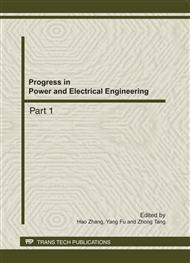p.210
p.216
p.222
p.226
p.231
p.236
p.240
p.246
p.251
The Influence of Thickness of Nitrocellulose Wood Lacquer on Formaldehyde Emission Rates
Abstract:
This study aimed to investigate the influence of the paint film thickness on formaldehyde emission rates. A small-scale environmental chamber was set up to test the formaldehyde emission from wood lacquer with different thicknesses. In all experiments, the temperature, the airflow rate and the relative humidity were the same, which were set to 23 °C, 1000 L/s, 45 %, respectively. The emission rates of formaldehyde were calculated through the double exponential decay model. Results showed that the peak concentration was dependent of the paint film thickness. The thicker the film thickness was, the slower the emission rate was.
Info:
Periodical:
Pages:
231-235
Citation:
Online since:
October 2011
Authors:
Keywords:
Price:
Сopyright:
© 2012 Trans Tech Publications Ltd. All Rights Reserved
Share:
Citation:


